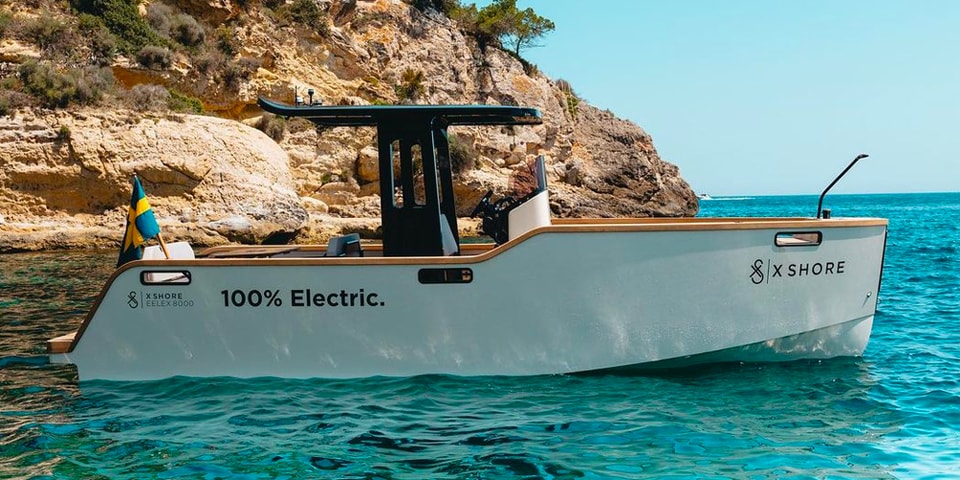
Lithium Battery For Marine application
The rise of the electric boat market in Europe is no accident. It is the result of a concerted push from stringent regulations, economic incentives, and unique market demands.
I. Core Driving Forces
1. Stringent Environmental Regulations and Bans
-Internal Combustion Engine Bans: This is the most powerful driver. Lakes in several European countries, most notably Switzerland (e.g., Lake Geneva, Lake Constance, Lake Zurich), have completely banned recreational boats with traditional gasoline/diesel engines, permitting only electric boats or sailboats. This directly creates a non-negotiable market demand.
-EU Water Framework Directive: This directive aims to protect and improve the ecological status of European water bodies. Reducing noise and chemical pollution from shipping is a key objective, with which electric boats perfectly align.
-The Macro-Framework of the European Green Deal: This overarching strategy requires all economic sectors, including waterborne transport, to transition towards climate neutrality.
2.Strong Public Environmental Awareness and Demand
-Valuing Pristine Waters: The European public has extremely high expectations for the environmental quality of its lakes and rivers. Fuel spills, oil slicks, and engine exhaust polluting the water and air are unacceptable.
-The Pursuit of Tranquility: In holiday resorts and nature reserves, the noise from internal combustion engines is considered a nuisance. Electric boats offer a near-silent cruising experience, significantly enhancing recreational quality and meeting the expectations of local communities and tourists.
3.Clear Economic Incentives
-Government Subsidies: In countries like Norway, Germany, and France, purchasing an electric boat or converting a conventional one can qualify for substantial government grants or tax reductions, significantly lowering the initial investment barrier for users.
-Operational Cost Advantage: Electricity is far cheaper than fuel, and the maintenance requirements for electric propulsion systems (no engine oil, spark plugs, or filter changes) are minimal, making the Total Cost of Ownership increasingly attractive.
-Privileges and Benefits: In some marinas and harbors, electric boats enjoy benefits such as discounted mooring fees and priority berthing.
4.Mature Technology Supply Chain and Innovative Ecosystem
-Leading Battery and Electric Drive Technology: Europe possesses a strong foundation in automotive and industrial battery technology (from companies like Siemens, ABB), which is readily transferable to the marine sector.
-Vibrant Start-ups and Premium Manufacturers:
Sweden's X Shore and Candela
Germany's Silent-Yachts (solar catamarans)
Norway's Bräutigam Boatbuilders
These companies focus on high-performance, long-range electric boats, pushing the technological benchmark for the entire industry.
II. Primary Application Scenarios
1.Recreational Boats on Inland Lakes and Rivers
This is the most widespread area of electrification. From small day-cruisers to medium-sized family cruisers, electric boats have become the mainstream choice on scenic lakes like those in Switzerland and Italy's Lake Como.
2.Port Operations and Passenger Ferries
-Port Pilot Boats, Workboats: Due to their fixed routes and high utilization, electrification offers significant environmental and economic benefits.
-Urban Waterborne Passenger Transport: Examples include Berlin's solar-electric ferries and plans for zero-emission passenger vessels on the Seine in Paris. They serve as extensions of urban public transport and are key components of achieving "green cities."
3.Auxiliary Power for High-End Yachts and Superyachts
Even large luxury yachts are increasingly adopting lithium-ion battery systems to power "hotel loads," running all living amenities while at anchor, allowing the main generators to be switched off for zero-emission and silent station-keeping.



